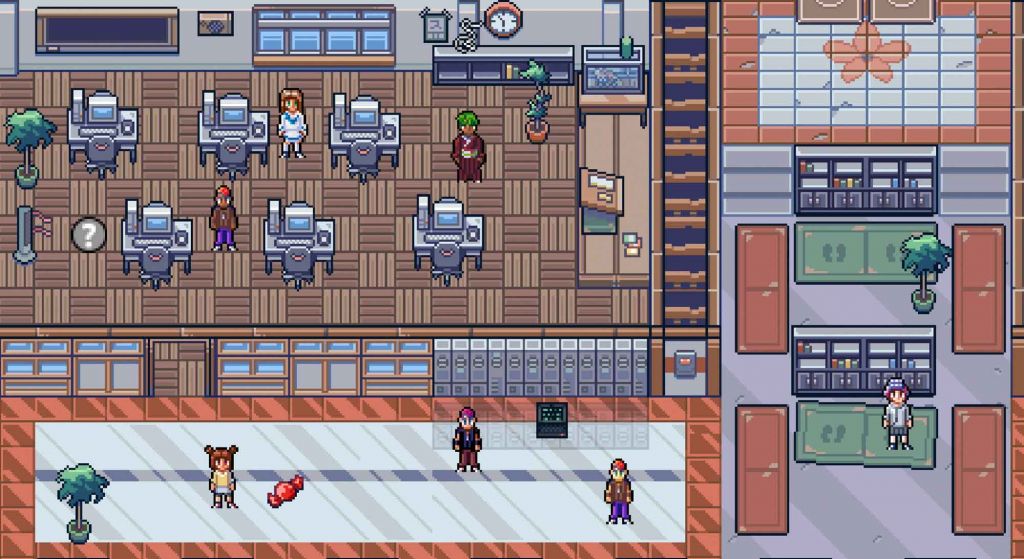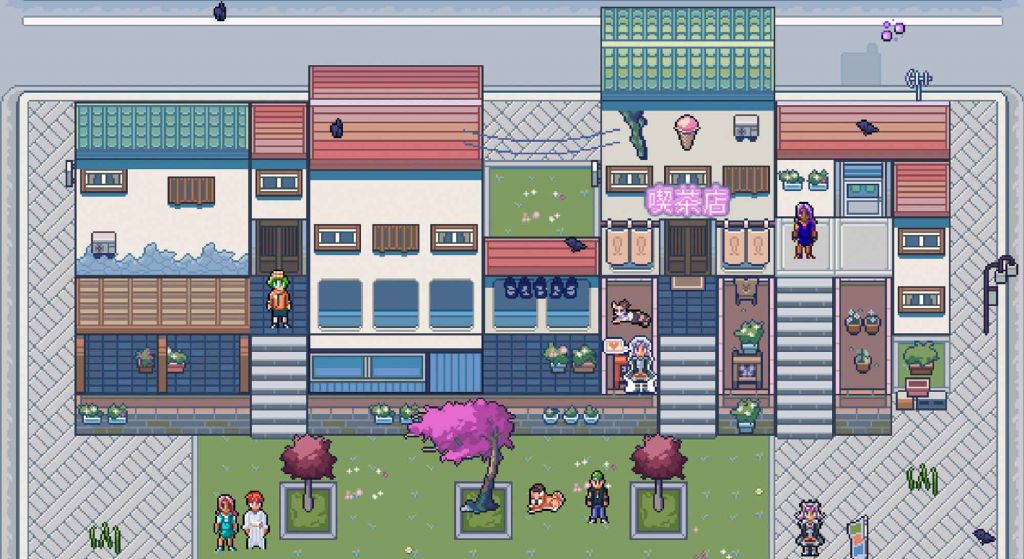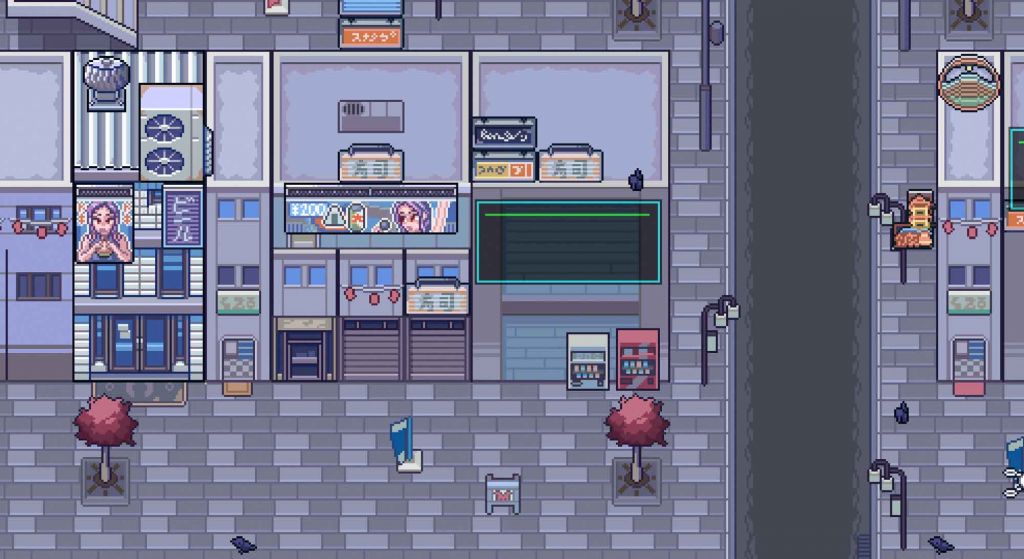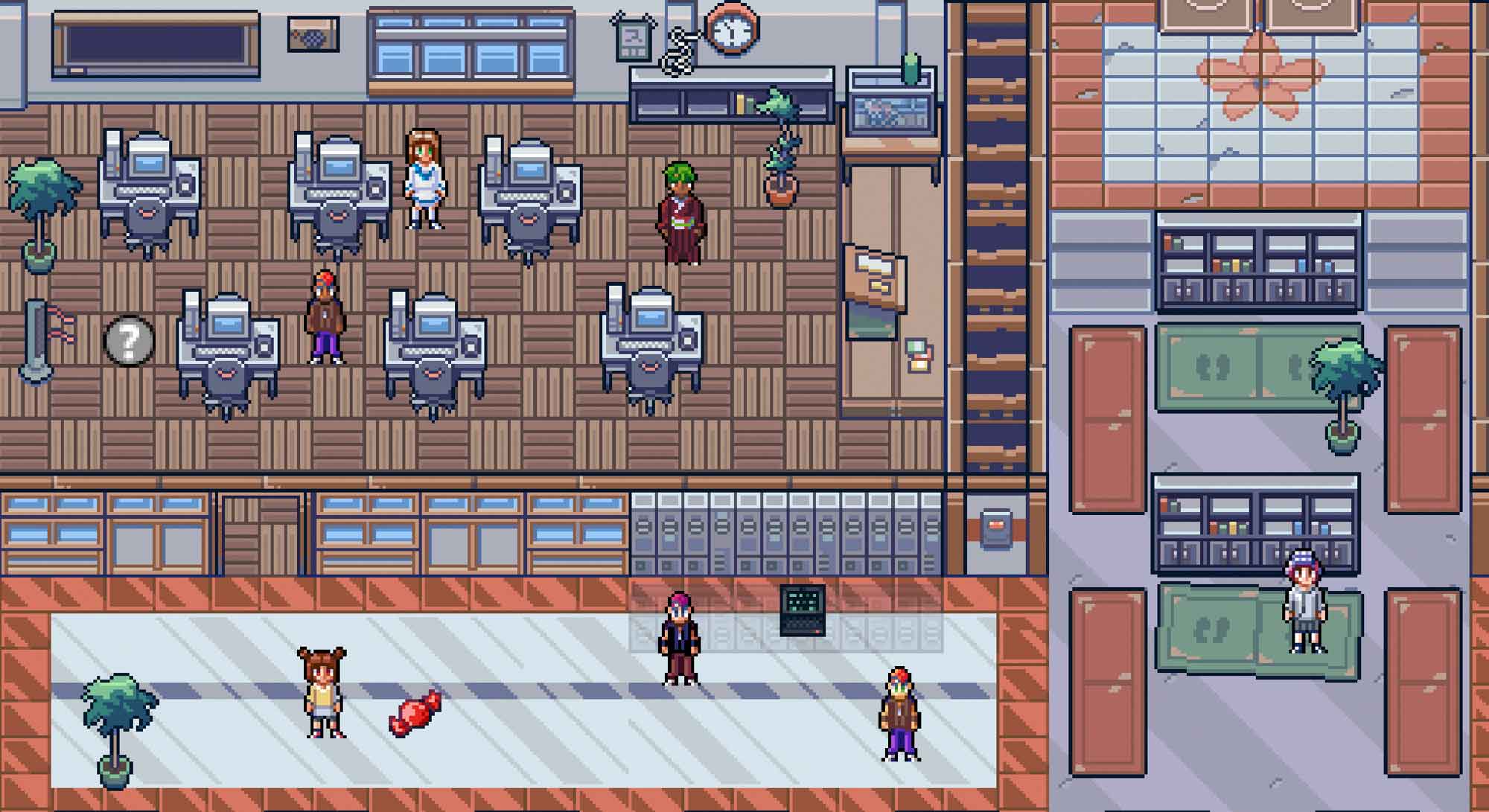Text by Ana Prendes

Here we go again; no museums, no galleries, no exhibition openings, no art fairs, no art studio visits. New lockdown restrictions around the world continue to disturb the already unstable physical future of art. While this uncertainty surrounds us, digital spaces and emerging technologies have come into their own and provided new ways of making, experiencing and sharing art. Within the crowded digital realm, artists and institutions with innovative and disruptive formats are leading to new possibilities for the future of art.
The virtual space KÖNIG DIGITAL1 is hosting digital exhibitions as part of the series THE ARTIST IS ONLINE. Curated by Anika Meier and Johann König, THE ARTIST IS ONLINE also includes a series of Instagram live talks with experts in net art, post-internet art and digital art, and artists involved in the exhibition series. Unlike other cultural institutions, the director Johann König explains that KÖNIG GALERIE is better described as a media house.
Through different formats, including a magazine2 and a recently launched podcast WAS MIT KUNST3, König Galerie tries to adapt great programming to different generations. Online exhibitions and events will keep happening after the pandemic. But only the high-quality ones that set a new standard will survive because they are enjoyable experiences, Johann König explained by email.
Within the series THE ARTIST IS ONLINE, Thomas Webb’s first solo show, EXERCISE IN HOPELESS NOSTALGIA4, features 12 digital artworks on a simulated König Galerie, which is embedded within the virtual space of WORLD WIDE WEBB. In an attempt to disrupt isolated online exhibitions, WORLD WIDE WEBB is also a multiplayer game with its own narrative. Inviting to discover Berlin, Osaka and Kanagawa, Webb also encourages the viewer to interact with characters, other gamers and the artworks, aiming to recreate the social spontaneity of the world before the pandemic in a digital space. I wanted to put people in the same room so that they could feel less isolated and alone. I wanted them to share experiences together, to talk about the experience with a stranger Webb’s imagined near future stems from his own fascination with the past and its technologies.
He invites the viewer into “an exercise of hopeless nostalgia”, translated into the 80s aesthetic of the game. Upon entering Webb’s world, you are asked to dub yourself with your Instagram username, participating in the experience with your digital identity. You also choose your avatar and follow “Uzzee” through instructions written in London slang, leading you to the simulated König gallery.


Self-described as an artist who programs and engineers, Webb attempts to share his perspective of the world from a hacker’s shoes. EXERCISE IN HOPELESS NOSTALGIA is driven by Artificial Intelligence and real-time data, but where data is used as common property. What if companies collecting data aren’t allowed to sell the data but are required to share it? What if data is not used in the interest of a company?
How do people feel when an AI tailors a life for them based on their personality, choices they make, and things they enjoy through technology? The World Wide Webb is fed with the players’ data to imitate the behaviour of companies but emphasises that their actions are not monetised. While big techs exploit every bit of information that we generate, these processes are part of this massive black box inaccessible to the user.
In the artwork LIKE IT WHEN I SEE YOU IN PERSON BECAUSE I KNOW YOU’RE NOT LYING TO ME (2020), Webb trained an AI to analyze facial expressions and assess the emotions shown by people facing a mirror. Webb explains that his data set is nothing compared to the enormous amount of photos, captions, and emotions collected about users by these corporations. Art can help us understand how technology works and, in his case, how companies use data. Webb demonstrates what data can be used for now with the limitation in place by the tech companies not sharing the data, explained the curator Anika Meier.
Through Hopeless Nostalgia, Webb also explores our relationships with technology. He investigates how digital spaces create new ways of social interaction and how these tools allow the creation of new ways of making and experiencing art. DEPRESSED TWITTER (2018) highlights the relationship between mental health and social media by analysing mood-based tweets and selecting the ones that expressed feelings of depression.
Removing everything but the text, Webb openly discusses his own struggle with depression. Within the digital world, Webb found a community of people fighting the same battle on Twitter. I wanted to share people’s pain rather than judge them shares Webb in the game. Each tweet illustrates different experiences of different people around the world but makes them connect through their struggles with depression.
Other artworks address social relationships in the digital age. YOU ARE IN MY CLOUD (2020) is an improvised a cappella performance where Webb’s images and videos from his past relationships are only unlocked when Webb’s ex-partners enter the room. What if you could see when a past partner looks into the cloud for memories of you? explains Webb in the game. Fed with all these real data, Webb’s world shows how digital spaces have become as personalized as our physical surroundings. Our social media profiles are now our digital archives, developing new ways of re-experiencing memories and deeply influencing our relationship with our past.
With EXERCISE IN HOPELESS NOSTALGIA, Webb demonstrates that the beauty of the digital medium is its constant fluidity and development. I invent and use tools to build programs and machines that enable me to portray my artworks and concepts. The tools that I need to express myself sometimes don’t exist and so, as a result, I must invent them. Different from much of the art found on white cubes, Webb’s artworks offer a unique experience each time the visitor digitally enters” in them – personalised and open to interpretation to each person that engages with them. Webb affirms I want the viewer to open themselves up to the concept of art being digital and act as a catalyst in the next great movement of art.






